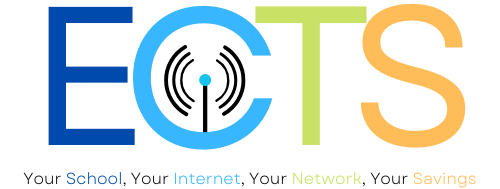What is the E-Rate Program?
E-Rate (formally known as the Schools & Libraries Program) is a federally funded initiative administered by the FCC and USAC that provides discounts on broadband, internet access, and networking equipment for eligible schools and libraries across the U.S.
Who is eligible to apply for E-Rate?
Eligible applicants include public, private, and charter schools, as well as public and tribal libraries. Applicants can apply individually or as part of a consortium. The discount received is based on the institution’s level of need and whether it is located in an urban or rural area.
What services and equipment does E-Rate cover?
E-rate has two main categories:
- Category 1: Discounts on internet access and broadband delivery services, including fiber, cable, and transmission services.
- Category 2: Covers inside wiring, Wi-Fi access points, routers, switches, cabling and maintenance for internal network infrastructure.
How much funding can be received and how is it calculated?
Discounts range from 20% to 90% depending on student poverty levels (measured by NSLP eligibility) and urban/rural classification. A discount matrix determines your rate each year.
What is the E-Rate funding process?
The typical steps are:
- Competitive Bidding (Form 470)
- Vendor selection after a 28-day wait
- Apply for funding (Form 471)
- USAC review & Funding Commitment Decision Letter (FCDL) Release
- Service Begins
- Reimbursements processed via SPI (invoice passes through the provider) or BEAR (applicant gets reimbursement).
What are SPI and BEAR reimbursement methods?
- SPI (Service Provider Invoice): the school/library is billed by the service provider with their discounted rate built in. The provider is then reimbursed by USAC for the remaining amount.
- BEAR (Billed Entity Applicant Reimbursement): the school/library pays the full amount upfront. Then a Form 472 is submitted to USAC for reimbursement.
When is the E-Rate application window?
Each year, the Form 471 application window opens in mid-January and closes by late March for the following funding cycle.
Can schools bundle services and include new technology like SD-WAN
Yes, Category 2 includes internal network equipment and supporting software. Many schools now use SD-WAN and network security solutions, but it’s important to verify eligibility and include them correctly in the application.









